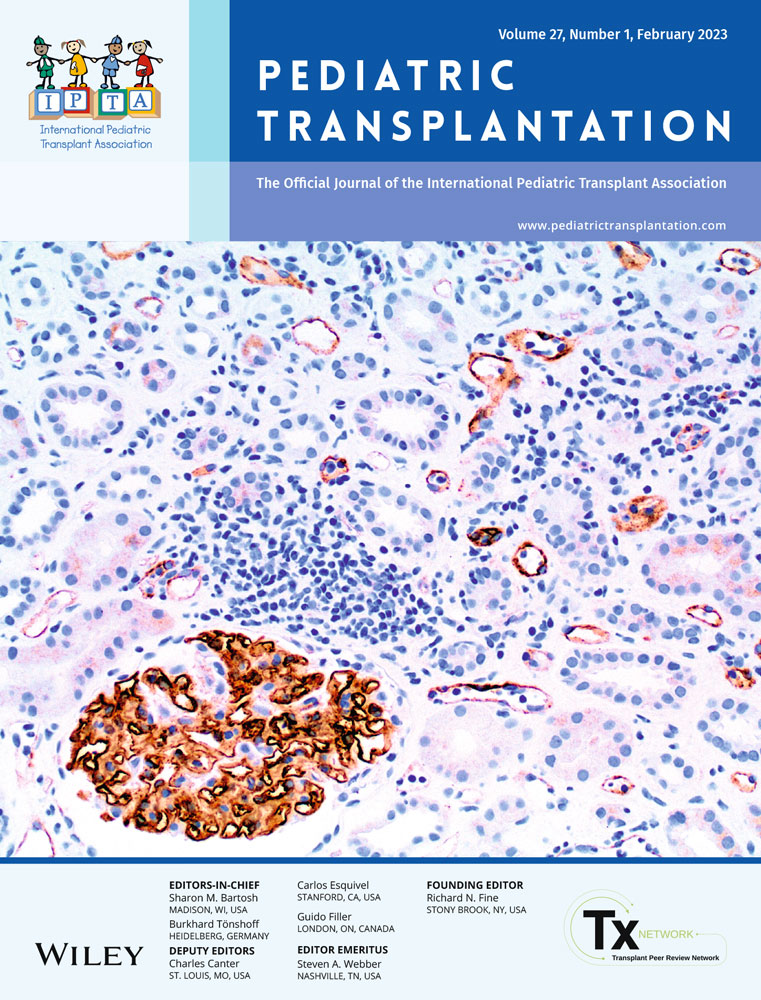Evaluation of the risk factors for BK virus-associated hemorrhagic cystitis in pediatric bone marrow transplantation patients: Does post-transplantation cyclophosphamide increase the frequency?
Abstract
Background
BKV-HC is one of the most significant complications of HSCT. This retrospective study aimed to determine the frequency of BKV-HC in pediatric patients undergoing HSCT, detect the associated risk factors for the development of BKV-HC, and explore the effects of post-transplantation Cy use.
Methods
Three hundred twenty-seven patients (girls: 121, boys: 206) were analyzed according to sex, conditioning regimen, transplantation type, donor relatedness, stem cell source, the presence and grade of aGVHD, CMV co-existence, and Cy use.
Results
Multivariate analysis confirmed the prognostic importance of age (OR: 4.865), TBI use, the presence of aGVHD (OR: 2.794), CMV coinfection (OR: 2.261), and Cy use (OR: 27.353). A statistically significant difference was found between the mean BKV-HC follow-up times compared with post-transplantation Cy intake (p < .001). The BKV-HC rate increased as the number of risk factors of the patient increased.
Conclusion
BKV-HC is an essential complication of HSCT primarily associated with Cy use, the presence of aGVHD, and donor relatedness. The present study shows that the use of Cy in the post-transplantation period further increases BKV-HC risk in pediatric patients, regardless of dose.
CONFLICT OF INTEREST
The authors declare no competing interests.
Open Research
DATA AVAILABILITY STATEMENT
Our data is available.




